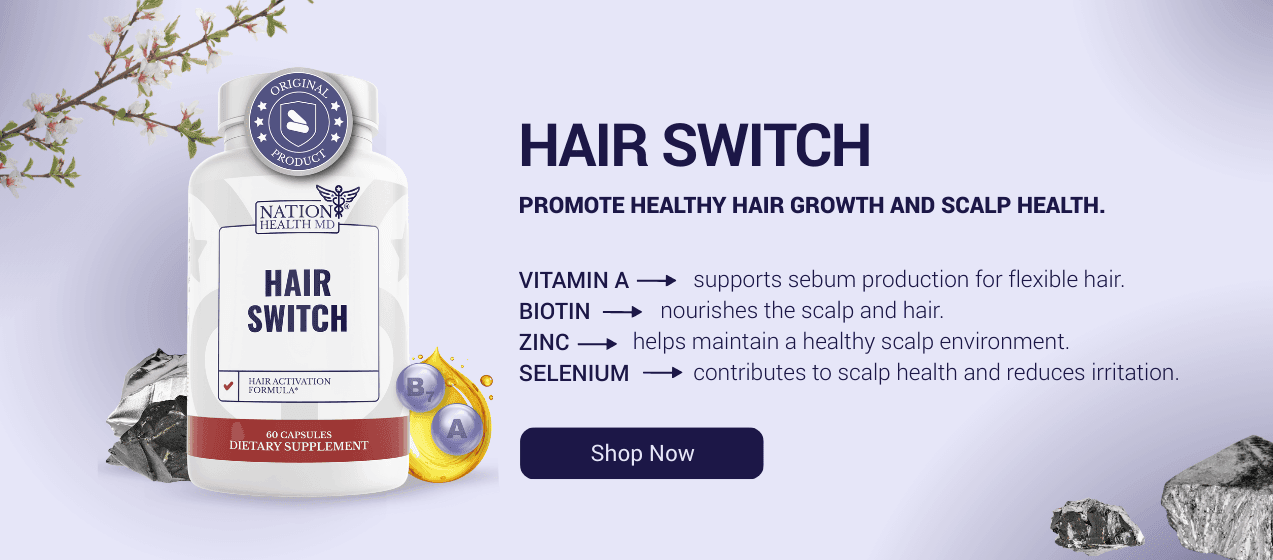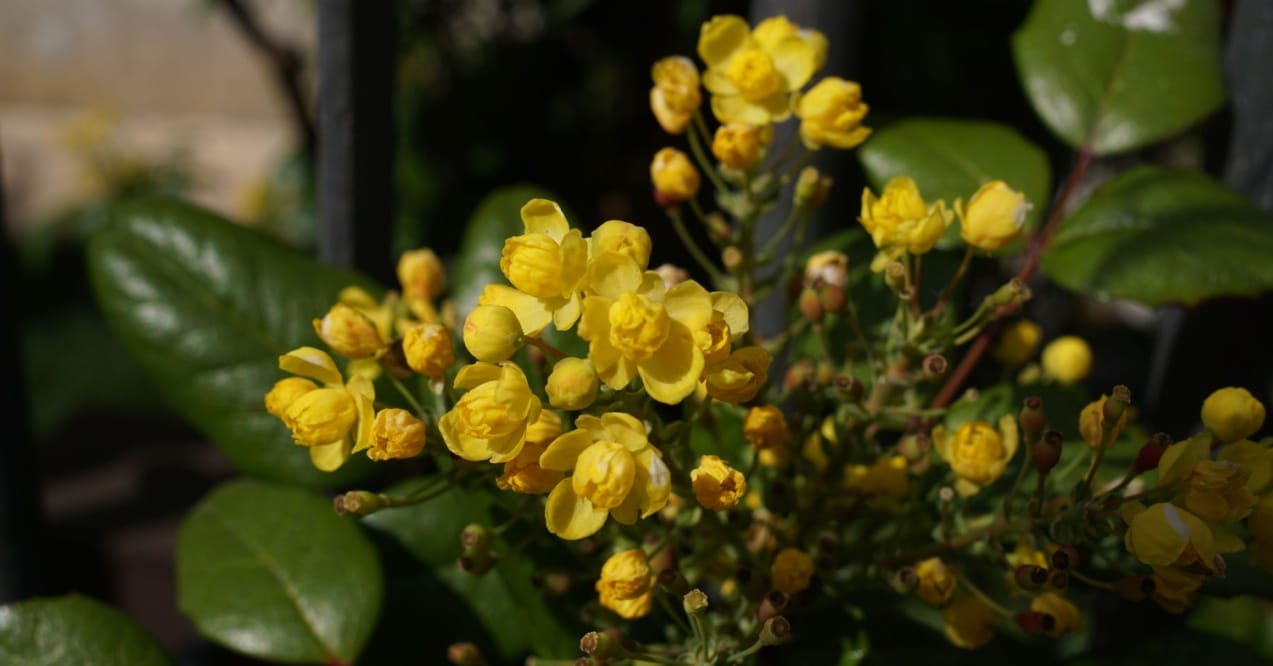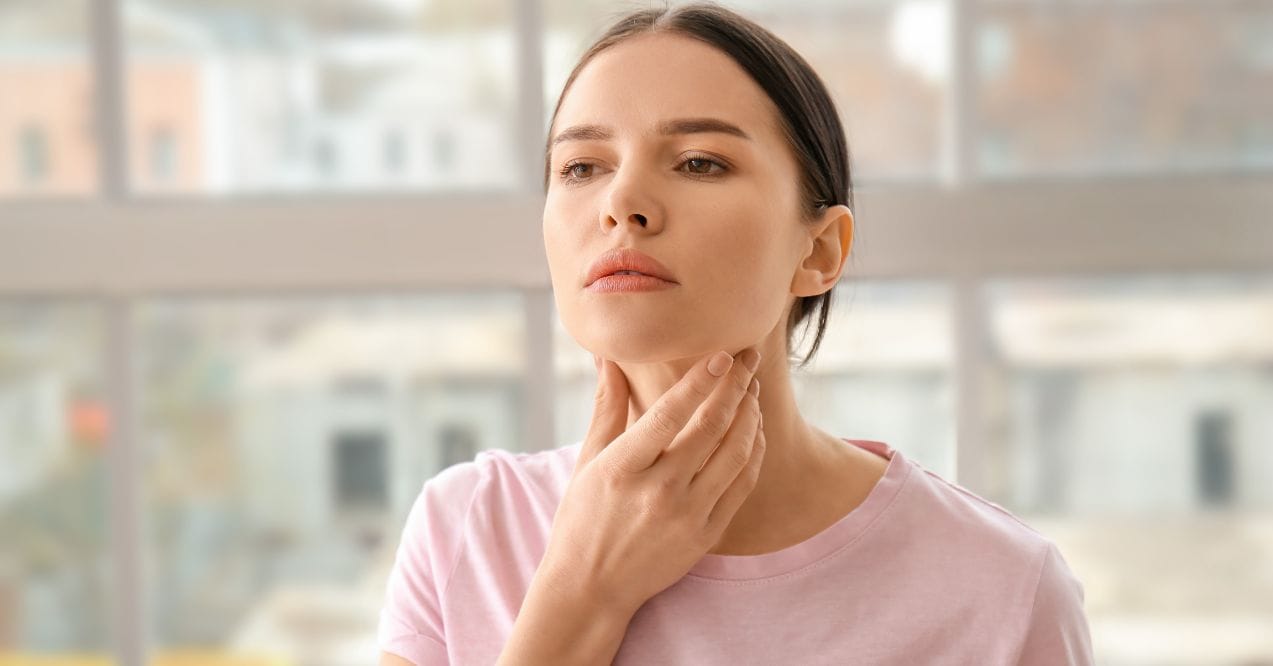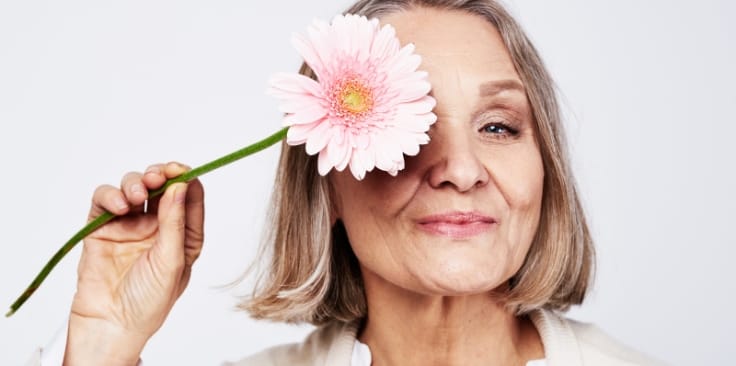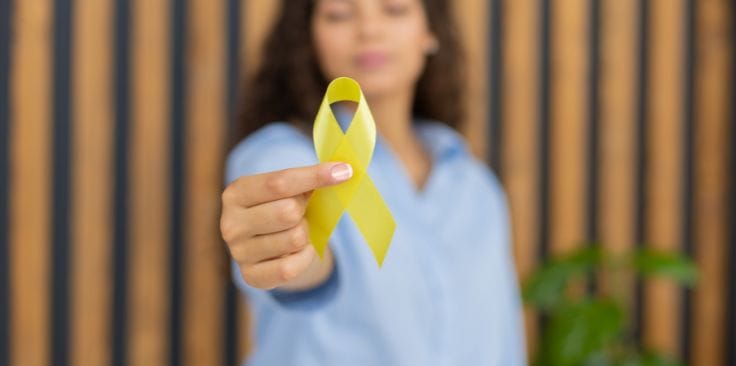Which Hormones Cause Hair Loss in Women?
Medically reviewed by our experts
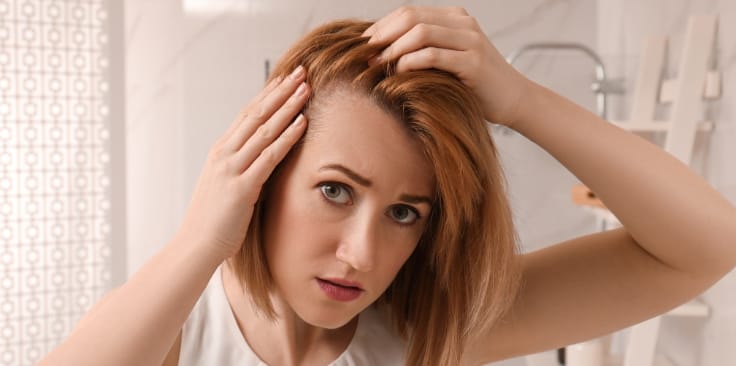

Hair loss affects millions of women worldwide, with up to one-third experiencing noticeable thinning during their lifetime. While many factors contribute to this common issue, hormonal changes often play the leading role. For many women, seeing extra hairs in the brush or noticing thinning at the part line brings worry and questions about what’s happening and why.
Hair serves as more than just a physical feature for many women—it connects deeply to identity and self-image. When changes occur, the impact can be both physical and emotional.
This guide explains the specific hormones that affect hair growth, how age alters these hormones, and what steps might help maintain healthier hair through the years.
Key Article Findings
- DHT is a powerful hormone that can shrink hair follicles and is a primary cause of female pattern hair loss
- Declining estrogen and progesterone levels, especially during menopause, contribute significantly to thinning hair
- Thyroid imbalances and stress hormones can also play major roles in female hair loss
How the Natural Hair Growth Cycle Works and Changes with Age
The life of each hair on your head follows a predictable pattern. This natural cycle explains why losing 50-100 hairs daily is completely normal.
Your hair’s life cycle includes:
- Anagen (Growth): Active growth phase lasting 2-7 years
- Catagen (Transition): Brief period where growth stops and follicle shrinks
- Telogen (Rest): Hair rests before falling out, making way for new growth
Age and hormonal shifts can disrupt this balanced cycle. The growth phase may shorten while the resting phase extends. This means fewer hairs actively grow while more rest and shed. Women often notice these changes becoming more pronounced after age 50, but the process can begin earlier.
The hair follicles themselves also change with age and hormonal influence, producing finer, less pigmented hairs that contribute to the appearance of thinning.
DHT, Estrogen and Progesterone: Key Hormones Behind Female Hair Loss
Several hormones work together in a delicate balance that affects hair growth. When this balance shifts with age or other factors, hair loss often follows.
Why DHT Causes Hair Follicle Miniaturization in Women
DHT stands out as a primary culprit in female pattern hair loss. This hormone forms when an enzyme converts testosterone (present in small amounts in women) into DHT, which is about five times more potent.
When DHT binds to receptors in the hair follicles, it causes them to shrink gradually. These miniaturized follicles produce increasingly thinner, shorter hairs until they eventually stop producing hair altogether. The process, called follicular miniaturization, leads to the classic pattern of hair thinning.
How Declining Estrogen and Progesterone Trigger Female Hair Loss
These two hormones help counterbalance the effects of androgens like testosterone and DHT. Estrogen, in particular, extends the growth phase of hair, leading to thicker, healthier strands.
During menopause, estrogen and progesterone levels decline dramatically. This drop removes the protective effect these hormones provide, allowing DHT to affect hair follicles more strongly. Many women notice increased hair shedding and thinning around this time as a direct result of these hormonal shifts.
Female Pattern Baldness: Causes, Symptoms and Progression
Female pattern baldness, also called androgenetic alopecia, affects millions of women. Unlike men who typically lose hair in a distinct horseshoe pattern, women experience a different type of hair loss.
For most women, the first sign appears as a widening of the part line, often starting when they’re in their 40s or 50s. The thinning usually occurs on the top and crown of the head rather than at the front hairline. This diffuse thinning creates an overall less dense appearance while usually maintaining the front hairline.
The Ludwig Scale classifies female pattern baldness into three stages:
- Type I: Mild thinning around the part
- Type II: Increased thinning with widening of the part line
- Type III: Significant thinning throughout the top of the scalp
Female pattern baldness typically progresses slowly over years or decades. The gradual nature of the changes means many women don’t notice the thinning until they’ve lost significant hair volume. Early awareness can lead to earlier intervention.
Other Causes of Female Hair Loss
While DHT, estrogen, and progesterone play starring roles in female hair loss, several other hormones contribute to the complex picture of hair health.
Thyroid hormones regulate metabolism throughout the body, including the rate at which hair follicles function. Both hypothyroidism (low thyroid function) and hyperthyroidism (overactive thyroid) can disrupt the hair growth cycle. Women with thyroid imbalances often notice increased shedding, dryness, and brittleness of hair.
Cortisol, known as the stress hormone, rises during periods of physical or emotional stress. Chronically elevated cortisol levels can push hair follicles prematurely into the resting phase, leading to sudden, diffuse shedding. This type of loss, called telogen effluvium, can occur 2-3 months after a stressful event.
Hormonal balance affects more than just hair, it influences overall wellbeing. Urobliss from Nation Health MD offers comprehensive support for women navigating hormonal transitions. Urobliss contains herbs traditionally used to balance female hormones. Our blend of adaptogenic herbs helps the body respond to stress while supporting natural hormone production.
How to Balance Hormones for Healthier Hair After 50
Many women find that lifestyle modifications can support hormonal balance and may help maintain healthier hair through the years of transition.
Diet plays a fundamental role in hormone function. Foods rich in omega-3 fatty acids (like salmon, walnuts, and flaxseeds) provide essential fats that support hair follicle health. Adequate protein supplies the building blocks for new hair growth. Colorful fruits and vegetables deliver antioxidants that protect follicles from damage.
Physical Activity and Sleep
Regular moderate exercise supports hormonal health without placing excessive stress on the body. Activities like walking, swimming, or yoga can be particularly beneficial. Aim for 7-8 hours of quality sleep in a cool, dark room to optimize hormone production and balance.
Managing Stress for Hair Health
Stress hormones can directly trigger hair shedding. Try these approaches:
- Regular meditation or deep breathing practices
- Time spent in natural settings
- Creative activities that promote relaxation
- Social connections that provide emotional support
Finding effective ways to manage life’s pressures becomes an important part of hair care as we age.
Looking for support during hormonal transitions? Hair Switch provides targeted nutrition for women experiencing age-related hair changes. Our carefully selected blend of vitamins, minerals, and botanical ingredients works to support the body’s natural hormonal balance.
Hair Switch is not a medication and results vary by individual. Always consult with a healthcare provider about health concerns.
Conclusion
Hair loss linked to hormonal changes represents a common chapter in many women’s lives. The complex interplay between DHT, estrogen, progesterone, and other hormones creates unique patterns for each woman. Genetics, age, and lifestyle all influence how these hormonal changes affect hair.
While female pattern baldness cannot be completely stopped through natural means alone, many women find that a proactive approach helps maintain healthier hair for longer. By addressing hormonal balance through appropriate nutrition, stress management, and targeted supplementation, it’s possible to support your body’s natural processes.
For National Women’s Health Week, consider making hair health part of your self-care routine. Small daily actions, consistently applied, often yield the most sustainable results for both hair and overall wellbeing.
Not all women will notice significant hair thinning. Genetics plays a major role in determining sensitivity to hormonal changes. Some women maintain relatively thick hair throughout life despite hormonal shifts.
Yes. High stress levels raise cortisol, which can push hair follicles into the resting phase prematurely. This type of shedding typically occurs 2-3 months after a stressful event and is usually temporary.
Nutrition affects hormone production and hair follicle health. A balanced diet with adequate protein, healthy fats, and nutrients like iron, zinc, and B vitamins supports optimal hair growth conditions.
Fabbrocini, G., Et Al. (2018). Female pattern hair loss: A clinical, pathophysiologic, and therapeutic review. International Journal of Women’s Dermatology, 4(4), 203–211.
Hoover, E., Alhajj, M., & Flores, J. L. (2023). Physiology, hair. StatPearls – NCBI Bookshelf.
Jewell, T. (2024). What you need to know about DHT and hair loss. Healthline.
Rinaldi, F., Et Al. (2023). The Menopausal Transition: Is the Hair Follicle “Going through Menopause”? Biomedicines, 11(11), 3041.
Ho, C., Et Al. (2023). Female Pattern Hair Loss: An Overview with Focus on the Genetics. Genes, 14(7), 1326.
Gupta, M., & Mysore, V. (2016). Classifications of patterned hair loss: a review. Journal of Cutaneous and Aesthetic Surgery, 9(1), 3.
Marcin, A. (2024). What’s the relationship between your thyroid and hair loss? Healthline.
How stress causes hair loss. (2021). National Institute on Aging.
Johnson, J. (2025). How can I balance my hormones?
Popular Articles
Advertisement. This site offers health, wellness, fitness and nutritional information and is designed for educational purposes only. You should not rely on this information as a substitute for, nor does it replace, professional medical advice, diagnosis, or treatment. If you have any concerns or questions about your health, you should always consult with a physician or other health-care professional. Do not disregard, avoid or delay obtaining medical or health related advice from your health-care professional because of something you may have read on this site. The use of any information provided on this site is solely at your own risk.
